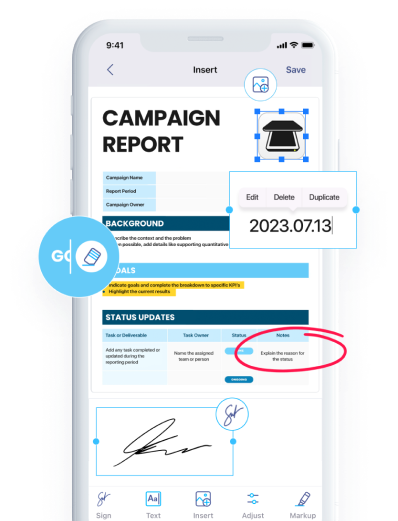

01 jun 2021
The COVID-19 pandemic has driven billions of schoolchildren out of their classrooms, leaving them uncertain about their academic future. These exceptional circumstances have forced educational institutions all over the world to look for ways to continue fulfilling their noble mission. To ensure the continuity of the educational process, teachers have adopted a number of digital tools, thus transforming the worldwide education market.
This trend is not new. Even before the outbreak of the COVID-19 pandemic, education technology experienced rapid development, with global investments hitting US$18.66 billion in 2019. And now, with the surging popularity of language apps, online learning software, and video conferencing tools, the edtech market is likely to blow up.
The spring of 2020 brought about many changes in all spheres of our life. Education was no exception. In an attempt to maneuver through these challenging times unfazed, a number of companies underwent some transformations, both in the way they did their business and in the services they provided to their customers. Lark, for example, which is a Singapore-based collaboration suite, began offering teachers and students useful features free of charge: unlimited video conferencing time, smart calendar scheduling, auto-translation, and more.
Lark was not the only company that started to give free access to its services. BYJU’S, a Bangalore-based online tutor, announced free live classes on its app, which significantly increased the number of its users. With the idea of easing pressure on parents in mind, Varsity Tutors, a live online learning platform, launched Virtual School Day—a free resource that gives parents access to 30+ hours per week of live online classes, practice tests, helpful resources, and more.
The answer to this question is rather clear. Locked at home last year, students were deprived of the essential tools and materials they need for their studies. A number of IT companies came to their rescue.
One of them was the iScanner app—a feature-packed mobile scanning machine, which also had to undergo some transformations. Following the emerging trends, its developers decided to offer a full version of the app to a number of big international universities, including Carleton University (Canada), California State University (Northridge), the University of Texas (Dallas), and more than 270 other educational institutions. In addition, to simplify and speed up the process of learning under new circumstances, iScanner was supplemented with a number of useful features, such as Math mode, which helps solve an equation or math problem in a tap, and compatibility with Google Classroom, Canvas, and other educational platforms.
Why is it so useful? Imagine that your child has to submit several handwritten assignments a week, and you don’t have a scanner at home. Instead of going to a library, you can download iScanner and take a picture of the assignments. The app will crop and optimize each image, and they can then be sent via Canvas, Google Classroom, and other platforms. You can submit written tasks right from the safety and comfort of your home.
The iScanner app also makes a huge difference when it comes to digitizing study materials. Libraries don’t allow students to keep books forever, and many times, it’s impossible to find enough time to read the books you borrow. Scanning helps you save the necessary materials so you can look through them later, thus reducing stress and anxiety.
Technology is a present-day life-saver, and the benefit of COVID-related digital transformations to students who want to keep up with the curriculum is rather obvious.
It is undeniable that the COVID-pandemic has thrown our educational systems into disarray. Consequences can vary, from the emergence of hybrid learning, which would combine online and offline education platforms, to the shift of focus from traditional, rote learning to helping children acquire vital skills, including critical thinking and adaptability. While we have yet to see whether remote learning will take root in a post-COVID world, what we know for sure is that technology will continue to penetrate the area of education. And though this process brings about certain challenges, it can play a role in disseminating knowledge, which is key to the sustainable development of any nation.
